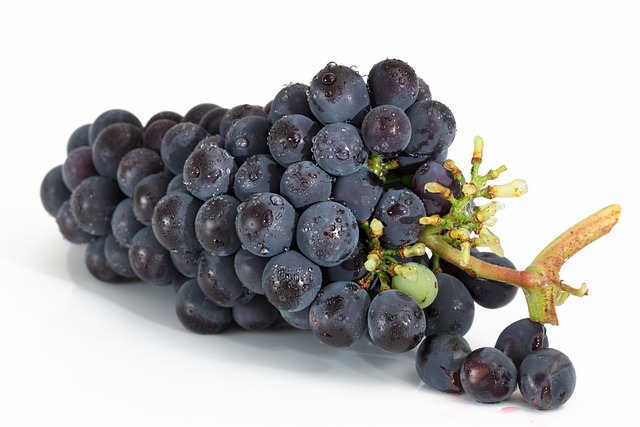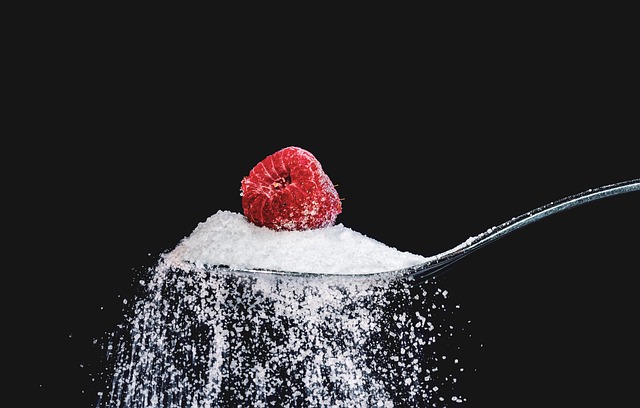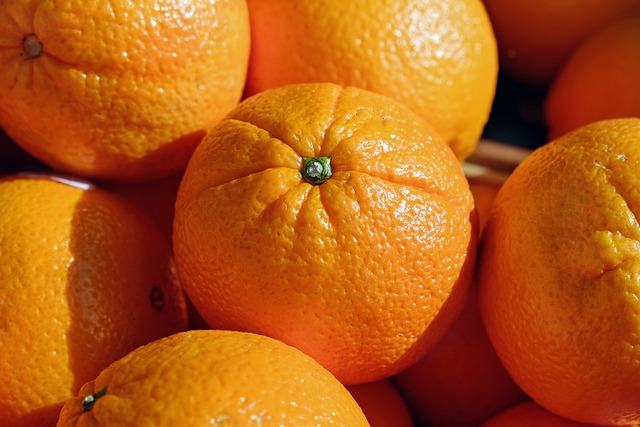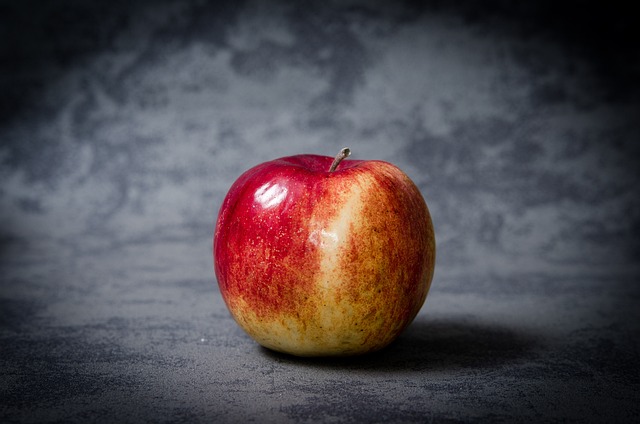Beyond Yogurt: Exploring Unexpected Sources of Probiotics
Probiotics are live bacteria and yeasts that are beneficial for your digestive system. While many people associate
probiotics with yogurt, there are actually a variety of other sources where you can find these beneficial microorganisms.
In this article, we will explore some unexpected sources of probiotics that you may not have considered before.
1. Fermented Vegetables
Fermented vegetables, such as sauerkraut, pickles, and kimchi, are excellent sources of probiotics. During the fermentation
process, the natural bacteria transform the sugars and starches in the vegetables into lactic acid, creating an
environment that promotes the growth of beneficial bacteria. Make sure to look for unpasteurized versions of these
fermented vegetables, as pasteurization kills the beneficial bacteria.
2. Kombucha
Kombucha is a fermented tea that has been consumed for centuries. It is made by fermenting black or green tea with
a culture of bacteria and yeast known as a SCOBY (symbiotic culture of bacteria and yeast). The fermentation process
creates a fizzy, tangy, and slightly sweet beverage packed with probiotics. Commercially available kombucha is
widely accessible, but it can also be brewed at home using a starter culture.
3. Miso
Miso is a traditional Japanese seasoning made by fermenting soybeans with salt and a fungus called koji. This
fermentation process can take anywhere from a few days to several years. Miso is commonly used in soups, dressings,
and marinades, and it is an excellent source of probiotics. It also offers a range of other health benefits, including
being rich in essential minerals and vitamins.
4. Tempeh
Tempeh is a plant-based protein made from fermented soybeans. It originates from Indonesia and is known for its nutty
flavor and firm texture. The fermentation process involved in making tempeh helps to break down the phytic acid
found in soybeans, enhancing their nutritional value and digestibility. Tempeh is a probiotic-rich food that can
be used as a meat substitute in various dishes.
5. Kvass
Kvass is a traditional fermented beverage popular in Eastern Europe. It is made from rye bread or beets and has a
tangy and slightly sour taste. Kvass contains lactobacilli bacteria, which are known for their probiotic properties.
It can be enjoyed as a refreshing drink or used as a base for soups and other culinary creations. Kvass can often
be found in specialty grocery stores or made at home.
6. Kefir
Kefir is a fermented milk drink that is similar to yogurt but has a thinner consistency. It is made by fermenting
milk with kefir grains, which are a combination of bacteria and yeast. The fermentation process produces a tangy
and slightly effervescent beverage that is rich in probiotics and other beneficial compounds. Kefir can also be
made with non-dairy milk alternatives, such as coconut milk or almond milk, for those who are lactose intolerant
or following a vegan diet.
7. Sourdough Bread
Sourdough bread is a type of bread made using a natural fermentation process. The dough is prepared by combining
flour and water and allowing it to ferment for several hours or overnight. This fermentation process breaks down
the gluten and phytic acid present in the dough, making sourdough bread easier to digest. It also promotes the
growth of beneficial bacteria, making it a good source of probiotics. Look for bread made with natural sourdough
starter instead of commercial yeast for the best probiotic benefits.
Conclusion
While yogurt is a popular source of probiotics, there are numerous other options available that provide these beneficial
microorganisms.







